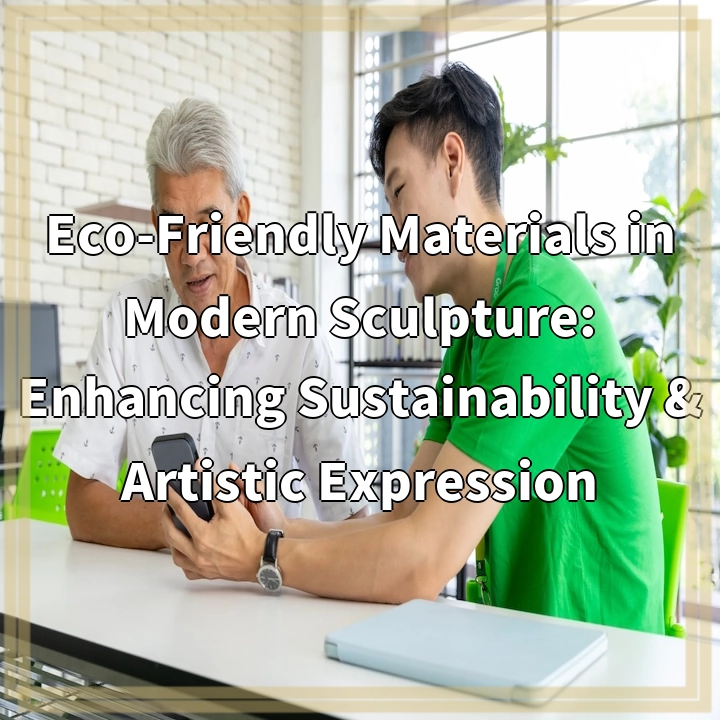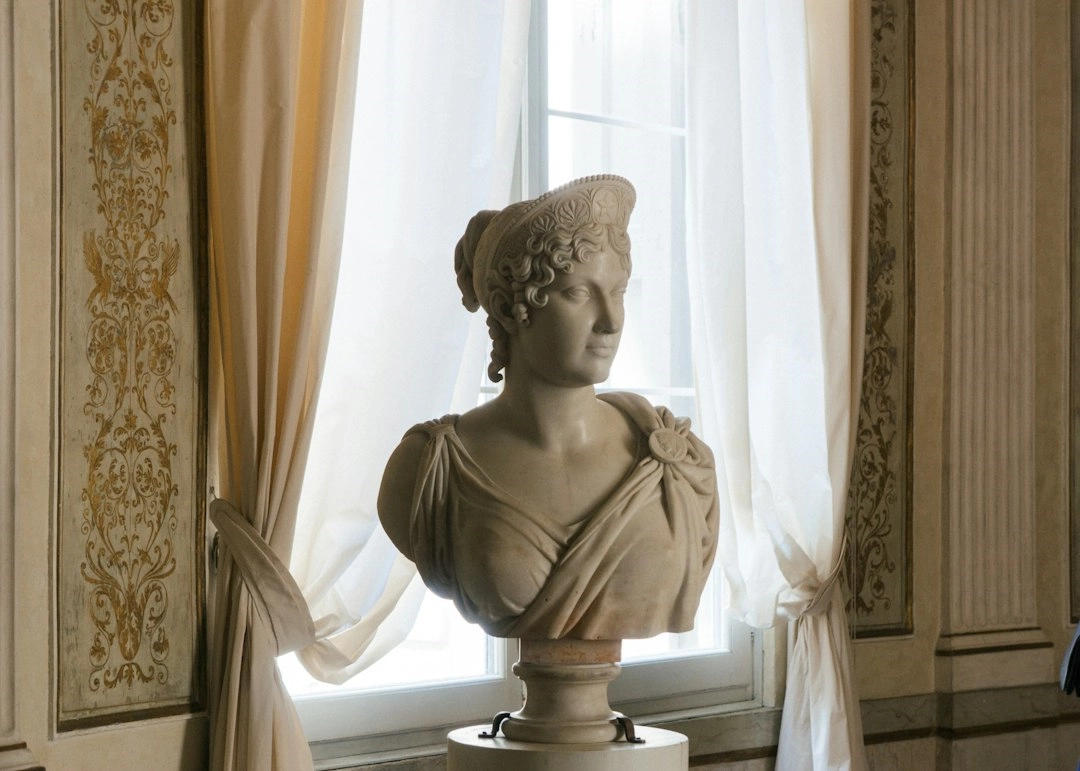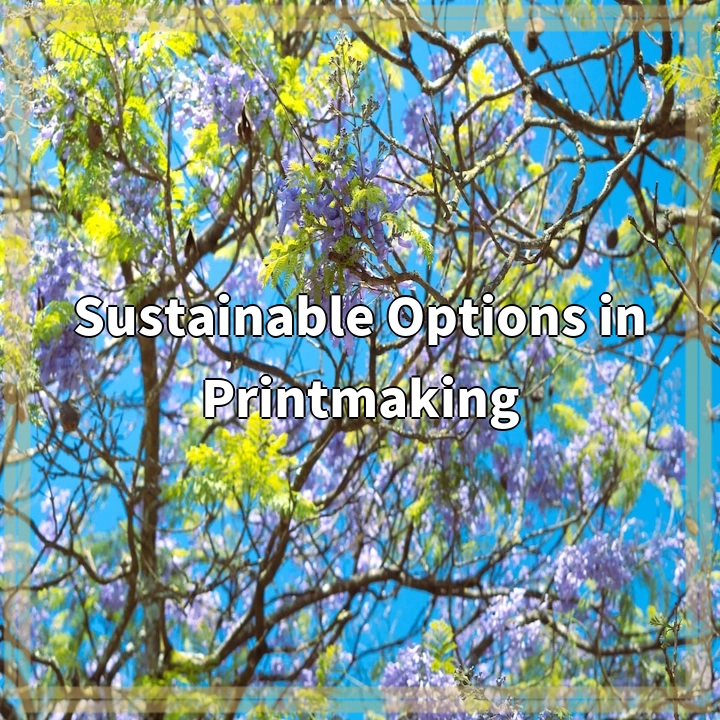
What it is:
In recent years, there has been a growing movement in the art world towards using eco-friendly materials in modern sculpture. Artists and sculptors are increasingly recognizing the importance of sustainability and are exploring innovative ways to create artworks that not only captivate viewers but also minimize harm to the environment.
Eco-friendly materials in modern sculpture refer to the use of sustainable and responsibly sourced materials for artistic expression. Traditional sculpting materials such as metals, plastics, and resins often have negative environmental impacts, such as pollution, resource depletion, and greenhouse gas emissions. Thus, artists are looking for alternatives that are renewable, recyclable, or biodegradable, reducing their ecological footprint.
Real-World Problems:
1. Environmental Impact:
One of the key problems with traditional sculpting materials is their environmental impact. For instance, the extraction and processing of metals like bronze or aluminum can result in habitat destruction, water pollution, and energy-intensive processes. Plastics and resins are often derived from fossil fuels, contributing to climate change and creating long-lasting waste. By choosing eco-friendly materials, sculptors can mitigate these harmful effects and contribute to a more sustainable art practice.
2. Waste Generation:
Another issue associated with traditional sculpture materials is the generation of waste. Sculpting often involves cutting, shaping, and discarding excess material, leading to a significant amount of waste that ends up in landfills. By using eco-friendly materials, artists can minimize waste generation and avoid adding to the global waste crisis. They can explore options such as recycled materials, organic materials, or materials that can be easily reused or repurposed for future artworks.
3. Human Health Impacts:
It is important to consider not only the environmental impacts but also the potential health hazards associated with traditional sculpture materials. Certain substances used in sculptures, such as toxic solvents, adhesives, or coatings, can release harmful volatile organic compounds (VOCs) into the air, posing risks to the artists’ health and well-being. By opting for eco-friendly materials, artists can create a safer working environment while still expressing their creativity and artistic vision.
4. Promoting Sustainable Practices:
Using eco-friendly materials in modern sculpture goes beyond addressing specific problems associated with traditional materials. It is also about promoting sustainable practices and raising awareness among artists and art enthusiasts. By adopting sustainable choices in their artwork, sculptors can inspire others to follow suit and contribute to a collective effort in minimizing the negative environmental impact of the art industry as a whole.
In conclusion,
The use of eco-friendly materials in modern sculpture is a crucial step towards enhancing sustainability and artistic expression. By addressing real-world problems such as environmental impact, waste generation, human health, and promoting sustainable practices, artists and sculptors can create impactful artworks while minimizing their ecological footprint. Embracing these innovative materials not only benefits the environment but also contributes to a more conscious and responsible art community.

Solutions for Eco-Friendly Materials in Modern Sculpture:
1. Choose Sustainable Materials:
One of the key solutions is for artists to opt for sustainable materials in their sculpting practices. This includes using materials that are renewable, responsibly sourced, and have minimal environmental impact. Examples include bamboo, reclaimed wood, recycled metals, bio-based resins, and natural fibers. By consciously selecting these materials, artists can contribute to a more sustainable and environmentally friendly art industry.
2. Reduce Waste Generation:
Artists can also address waste generation by embracing techniques that minimize material use and maximize resource efficiency. This includes planning carefully, using materials sparingly, and reusing or repurposing excess material whenever possible. Additionally, utilizing recycled or upcycled materials can reduce the demand for new resources and divert waste from landfills. By adopting these practices, sculptors can play a vital role in reducing the environmental impact of their artwork.
3. Embrace Non-Toxic Alternatives:
To mitigate health risks associated with traditional sculpting materials, artists can explore non-toxic alternatives such as water-based adhesives, natural pigments, and low VOC coatings. These materials have minimal harmful emissions, reducing the health hazards for both artists and viewers. By prioritizing their well-being, artists can create a safe and healthy environment without compromising artistic expression.
4. Educate and Inspire:
Artists can use their platform to educate and inspire others to choose eco-friendly materials. They can share their experiences, techniques, and the benefits of using sustainable materials through workshops, exhibitions, and online platforms. By raising awareness and showcasing the possibilities of eco-friendly sculpture, artists can encourage a wider adoption of sustainable practices within the art community and beyond.
In conclusion,
By implementing solutions such as choosing sustainable materials, reducing waste, using non-toxic alternatives, and educating others, artists can make a significant difference in enhancing sustainability and promoting eco-friendly practices in modern sculpture. These actions not only benefit the environment but also contribute to the ongoing dialogue surrounding the intersection of art, creativity, and environmental consciousness.















